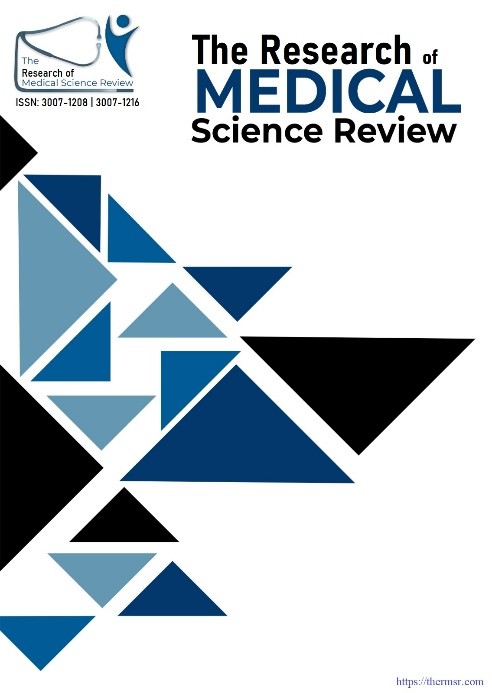MANAGEMENT OF DISPLACED SUPRACONDYLAR HUMERUS FRACTURES IN CHILDREN BY CLOSED REDUCTION AND PRECUTANEOUS PINNING
Main Article Content
Abstract
INTRODUCTION: Supracondylar fractures of the humerus are the leading cause of hospital admissions for fractures in children, particularly during the first decade of life. Managing Gartland type III fractures is complex and still debated. Various treatment approaches—including closed reduction, closed pinning, traction, and open reduction with internal fixation—are used, each carrying risks such as malalignment, nerve damage, altered carrying angle, restricted extension, and infection.
OBJECTIVE: To determine the functional outcome of close reduction and percutaneous pinning in displaced supracondylar humerus fracture in children.
STUDY DESIGN: Descriptive Cross-sectional study.
STUDY SETTING: Study was conducted at Department of Orthopedics, Liaquat National Hospital, Karachi.
DURATION OF STUDY: Six months after approval from 21-08-2024 till 21-05-2025.
SUBJECTS AND METHODS: Data was prospectively collected from patients after taking a verbal consent. 114 patients who met the diagnostic criteria were included. Quantitative data was presented as simple descriptive statistics giving mean and standard deviation and qualitative variables was presented as frequency and percentages. Effect modifiers were controlled through stratification. Post stratification chi square test was applied taking p-value of ≤0.05 as significant.
RESULTS: A total of 114 patients were included in this study. Mean age, duration of surgery and duration of injury in our study was 8.21±1.24 years, 5.51±2.99 hours and 14.8±7.44 hours. 59 (51.8%) and 55 (48.2%) were male and female. Acceptable outcome showed that out of 114 patients, 91 (79.8%) and 23 (20.2%) had and did not have acceptable outcome.
CONCLUSION: We conclude that these fractures need to be managed aggressively and reduction, internal fixation with percutaneous pinning is a good and safe method of treatment in displaced supracondylar fractures of humerus in children.
Downloads
Article Details
Section

This work is licensed under a Creative Commons Attribution-NonCommercial-NoDerivatives 4.0 International License.
